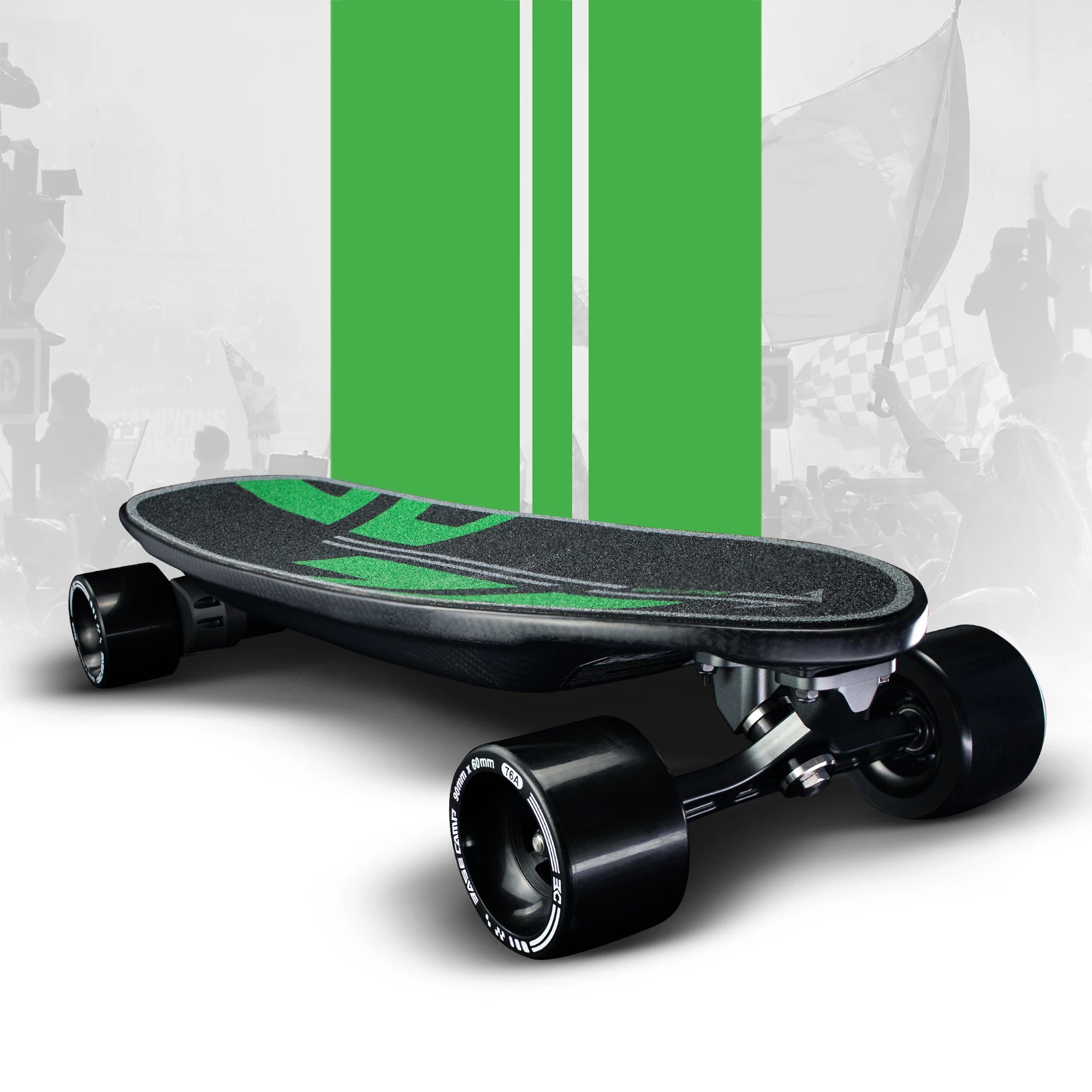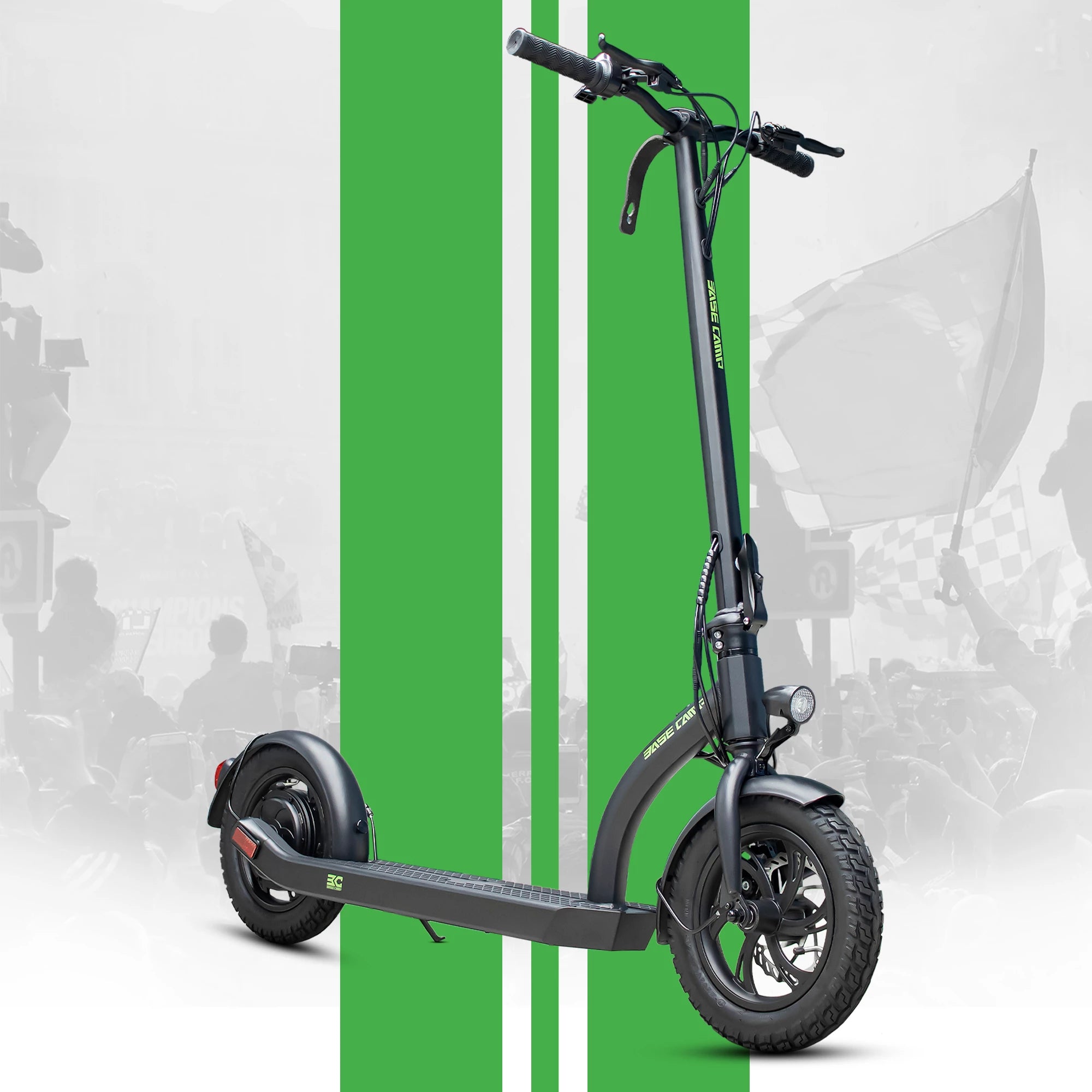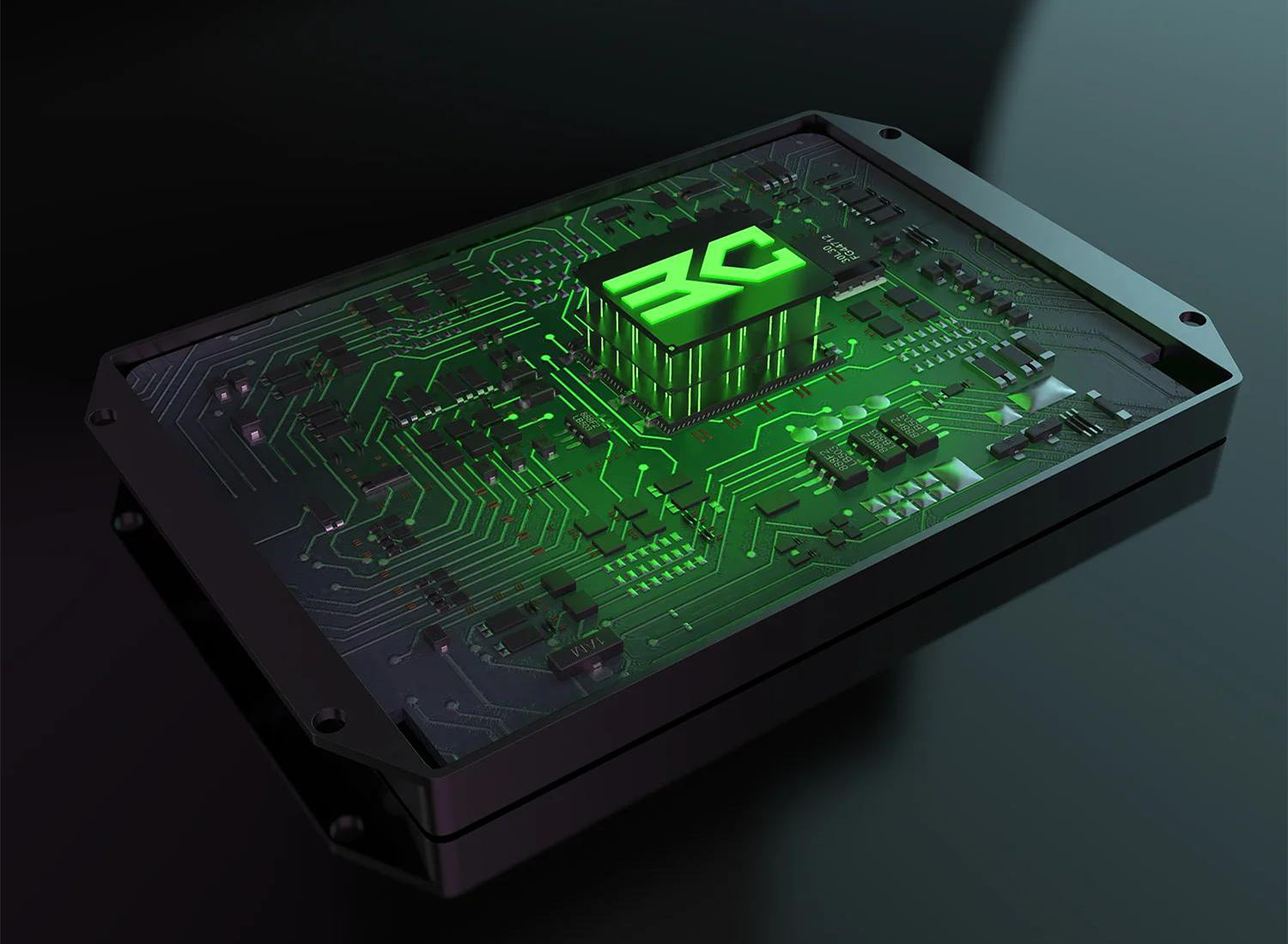The text delves into the inner workings of regenerative braking in electric motors, particularly those found in electric skateboards. It breaks down the concept into its core principles and explores the role different components play in this system.
Regenerative Braking: Recovering Energy, Not Burning It Away
Unlike traditional brakes that rely on friction to convert kinetic energy (the energy of movement) into heat, electric motors have a neat trick up their sleeves. They can be reversed to function as generators during braking. This generates electrical energy instead of heat, providing an opportunity to recapture some of the energy used while riding.
This recovered energy isn't simply discarded. It's fed back into the system through a process called regenerative braking. Ideally, this electrical energy is used to recharge the battery, extending the range of your electric skateboard.
XESC: The Maestro of Braking Efficiency and Safety
The XESC (electronic speed controller) acts as the brain behind regenerative braking in electric skateboards. It's responsible for managing the flow of current during the braking process. Here, two crucial XESC parameters come into play:
- Motor Current Max Brake: This parameter dictates the maximum amount of current the motor can output while braking. Higher values lead to stronger braking force, but exceeding the XESC's capacity can overload it.
- Battery Current Max Regen: This parameter sets a limit on how much current the battery can accept for recharging during braking. Pushing this limit can overload and damage the battery.
Finding the optimal balance between these parameters is key. While a high Motor Current Max Brake offers strong braking, it can strain the XESC. Conversely, a high Battery Current Max Regen maximizes recaptured energy but risks exceeding the battery's safe charging capacity.
The XESC also employs a safety mechanism called short-circuit braking. If there's excess energy that cannot be absorbed by the battery or safely dissipated through regenerative braking, the XESC diverts it into itself and burns it off as heat. This is less efficient than regenerative braking and can cause the XESC to overheat if used excessively.
Understanding Battery Limits: Don't Push It Too Hard
Lithium batteries, the power source for most electric skateboards, have a specific charging current limit, often referred to as the C-rate. Exceeding this limit can damage the battery and compromise its safety. The XESC should be configured to deliver a charging current that falls within the battery's safe operating range.
A Battery Management System (BMS) typically integrated within the battery pack can play a vital role here. By monitoring the battery's health and state of charge, the BMS can prevent overcharging by cutting off the charging circuit if necessary.
The Rheostatic Brake Module: A Safety Net for Downhill Rides
The regenerative braking system might encounter situations where excess voltage is generated, particularly during downhill rides. This can happen when the motor spins too fast due to the downward slope, generating more voltage than the battery can handle.
As an additional safety measure, some electric skateboards might incorporate a Rheostatic Brake Module. This module acts like a pressure release valve. When excess voltage builds up during braking, the module diverts it across a resistor, dissipating the extra energy as heat. It's important to note that the Rheostatic Brake Module only deals with regenerative braking, not the short-circuit braking handled by the XESC.
Calibrating for Optimal Performance: Electric Skateboard Edition
The text concludes with recommendations specifically tailored for electric skateboards. To create a buffer zone and prevent overloading the XESC, it suggests setting the Motor Current Max Brake 10 amperes higher than the Battery Current Max Regen. Additionally, for the Battery Current Max Regen, it recommends setting it at 80% of the battery's maximum safe charging current. This ensures efficient energy recovery while prioritizing the safety of both the battery and the XESC.
By understanding the interplay between regenerative braking, XESC parameters, battery limitations, and potential safety mechanisms, electric skateboard riders can optimize their braking experience for both efficiency and safety.














Leave a comment
All comments are moderated before being published.
This site is protected by reCAPTCHA and the Google Privacy Policy and Terms of Service apply.